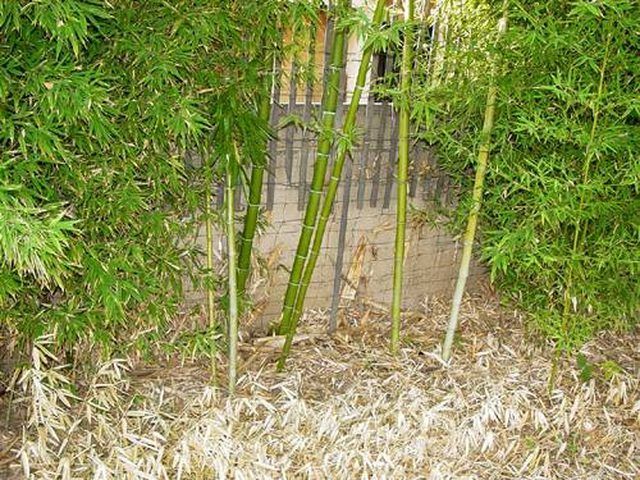Bulbs
Flower Basics
Flower Beds & Specialty Gardens
Flower Garden
Garden Furniture
Garden Gnomes
Garden Seeds
Garden Sheds
Garden Statues
Garden Tools & Supplies
Gardening Basics
Green & Organic
Groundcovers & Vines
Growing Annuals
Growing Basil
Growing Beans
Growing Berries
Growing Blueberries
Growing Cactus
Growing Corn
Growing Cotton
Growing Edibles
Growing Flowers
Growing Garlic
Growing Grapes
Growing Grass
Growing Herbs
Growing Jasmine
Growing Mint
Growing Mushrooms
Orchids
Growing Peanuts
Growing Perennials
Growing Plants
Growing Rosemary
Growing Roses
Growing Strawberries
Growing Sunflowers
Growing Thyme
Growing Tomatoes
Growing Tulips
Growing Vegetables
Herb Basics
Herb Garden
Indoor Growing
Landscaping Basics
Landscaping Patios
Landscaping Plants
Landscaping Shrubs
Landscaping Trees
Landscaping Walks & Pathways
Lawn Basics
Lawn Maintenance
Lawn Mowers
Lawn Ornaments
Lawn Planting
Lawn Tools
Outdoor Growing
Overall Landscape Planning
Pests, Weeds & Problems
Plant Basics
Rock Garden
Rose Garden
Shrubs
Soil
Specialty Gardens
Trees
Vegetable Garden
Yard Maintenance
How to Grow Japanese Bamboo Plants
How to Grow Japanese Bamboo Plants. Japanese bamboo (scientific name Polygonum cuspidatum) is also known as Japanese Knotweed. It is most commonly seen in the northeast area of the United States and is widely considered to be an obnoxious weed. Still, it is sold in many garden centers and nurseries. Japanese bamboo can grow up to 8 feet tall and...

Japanese bamboo (scientific name Polygonum cuspidatum) is also known as Japanese Knotweed. It is most commonly seen in the northeast area of the United States and is widely considered to be an obnoxious weed. Still, it is sold in many garden centers and nurseries. Japanese bamboo can grow up to 8 feet tall and spreads very rapidly. Like most bamboo species, it is fairly easy to grow. Once established, it can be hard to control. So make sure you really want it before you plant it, or consider planting it in a container.
Things You'll Need
Container or pot (optional)
Rich, well-drained soil
Japanese bamboo plant(s)
Fence (optional)
Choose your location. If you are worried about out-of-control growth, consider planting your bamboo in a large container or pot. Otherwise, plant it in a gently sloping area, because Japanese bamboo plants like well-drained soil.
Allow for sunlight. Japanese bamboo plants thrive on at least partial sunlight, so make sure your plant is exposed to 6 to 8 hours of sun.
Control suckers. Japanese bamboo plants spread rapidly because they send out rhizomes, or underground running roots, as far as 30 feet from the original plant. From these rhizomes come suckers, which break through to the surface. Mow them down when you see them. This will not kill the rhizomes, but it will control the growth of new plants above the surface.
Shelter your plant. Japanese bamboo can be damaged, bent or broken by strong winds or pelting hail. During such times, move your container to a sheltered location if possible. If your plant is not in a container, consider building a partial fence to shelter it.
Water it properly. Japanese bamboo plants do not like to sit in water, but they also do not like dry soil. Make sure the soil stays slightly moist, but never soggy.